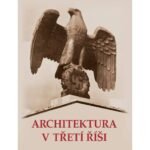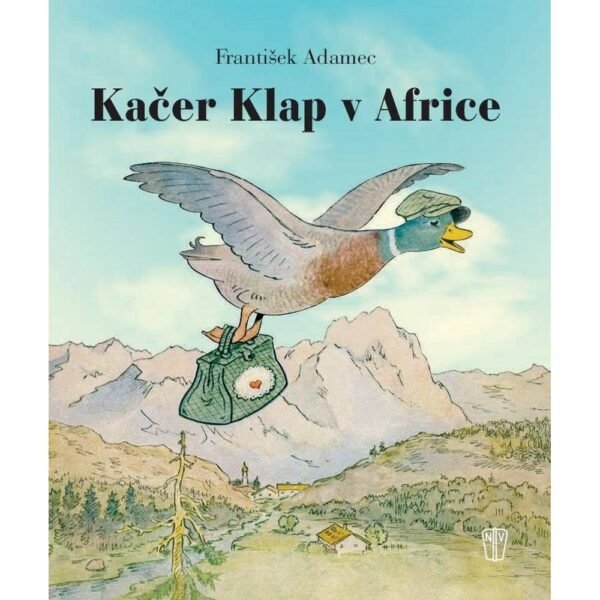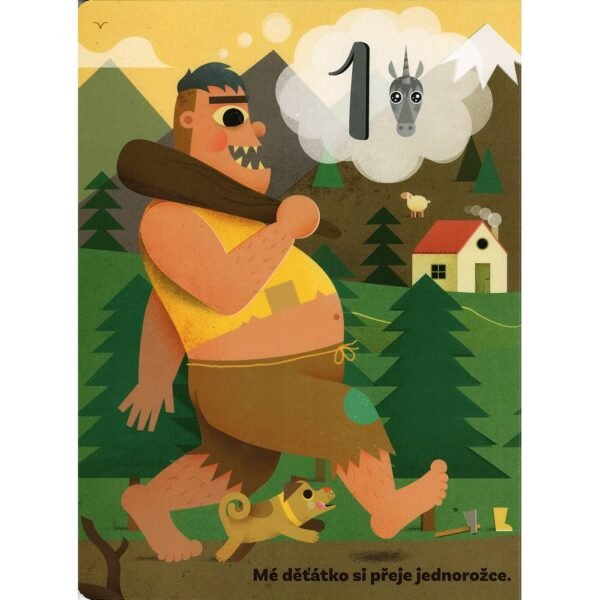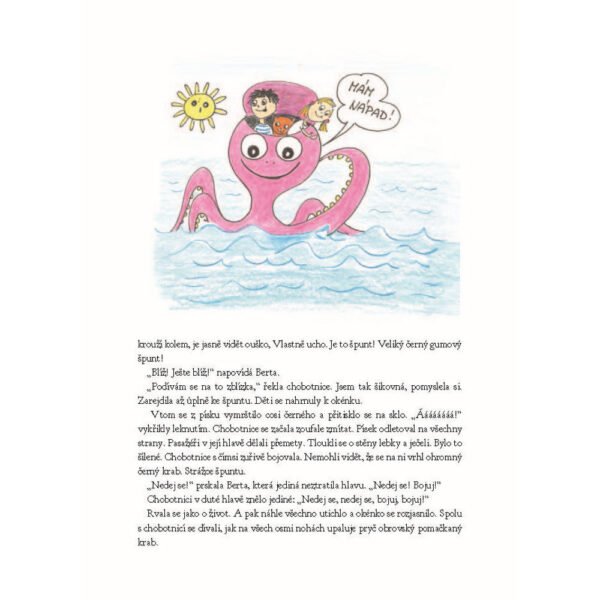Architecture in the Third Reich, Architektura v třetí říši
€32.98
It might seem to some that architecture is inherently immune to ideology and politics, that is, the social process, that it must be understood only as a work of art.
It might seem to some that architecture is inherently immune to ideology and politics, that is, the social process, that it must be understood only as a work of art. After all, architecture means architectural art, and even the renowned Roman architect Marcus Vitruvius Pollio, called Vitruv, called architecture the “mother of art”. But the opposite is true.
Architecture is manifested in an individual building, complex of buildings, housing estates or entire urban areas and is influenced not only by climatic, technical and economic parameters, but also by legal, religious, political and other social realities.
And the architecture of the Third Reich was no exception. The Nazi ideology and cult of the “Führer” had a very strong, often tragic effect on her. The criminal and hateful racial policy, the emphasis on the “uniqueness” of the German nation and the damnation of other races or nations and their culture, in this case construction, also got their place here. In the architecture of the Third Reich, as in other areas of life, the principle of preferring the interest of the whole, which of course defines the NSDAP, is reflected in the interest of the individual who, if he does not submit, is at best excluded from the collective, at worst punished. This approach is evident, for example, in the construction of so-called “small imperial settlements”, built according to a unified model for the “welfare of the nation”. The “uniqueness” of the German nation is depicted mainly in monumental buildings, which are a characteristic feature of all totalitarian regimes.
Year of publication: 2018
Publisher: Naše vojsko
Binding, number of pages: Hardcover, 168 pages
Dimensions: 225 x 297 mm
Оriginal
Někomu by se mohlo zdát, že architektura je vůči ideologii a politice, tedy společenskému procesu, ve své podstatě imunní, že musí být chápána pouze jako umělecké dílo. Vždyť přece architektura znamená stavební umění a dokonce i uznávaný římský architekt Marcus Vitruvius Pollio, zvaný Vitruv, nazval architekturu „matkou umění“. Ale opak je pravdou.
Architektura se projevuje v jednotlivé budově, komplexu budov, sídlištích nebo celých městských zástavbách a je ovlivňována nejen klimatickými, technickými a ekonomickými parametry, nýbrž i právními, náboženskými, politickými a dalšími společenskými skutečnostmi.
A architektura třetí říše nebyla výjimkou. Velmi silný, mnohdy až tragický vliv na ni měla nacistická ideologie a kult osobnosti „führera“. Svůj prostor zde dostala i zločinná a nenávistná rasová politika, zdůrazňování „výjimečnosti“ německého národa a zatracování jiných ras, či národů a jejich kultury, v tomto případě stavební. V architektuře třetí říše se stejně jako i v jiných oblastech života odráží princip preferování zájmu celku, který samozřejmě definuje NSDAP, nad zájmem jednotlivce, který, když se nepodřídí, je v lepším případě vyřazen z kolektivu, v horším případě potrestán. Tento přístup je patrný třeba ve výstavbě tzv. „malých říšských osad/sídlišť“, budovaných podle jednotného vzoru pro „blaho národa“. „Výjimečnost“ německého národa je ztvárněna především v monumentálních stavbách, které jsou charakteristickým znakem všech totalitních režimů.
Rok vydání: 2018
Nakladatel: Naše vojsko
Vazba, počet stran: Kniha vázaná, 168 stran
Rozměry: 225 x 297 mm
| Weight | 1.50 kg |
|---|---|
| Dimensions | 225 × 297 cm |
| Producing country | |
| Publishing house |
Naše vojsko |
| Language | |
| Usage | |
| Product code |
Ар-99989 |
| EAN |
Ар-9788020617378 |









 For Kids
For Kids






















